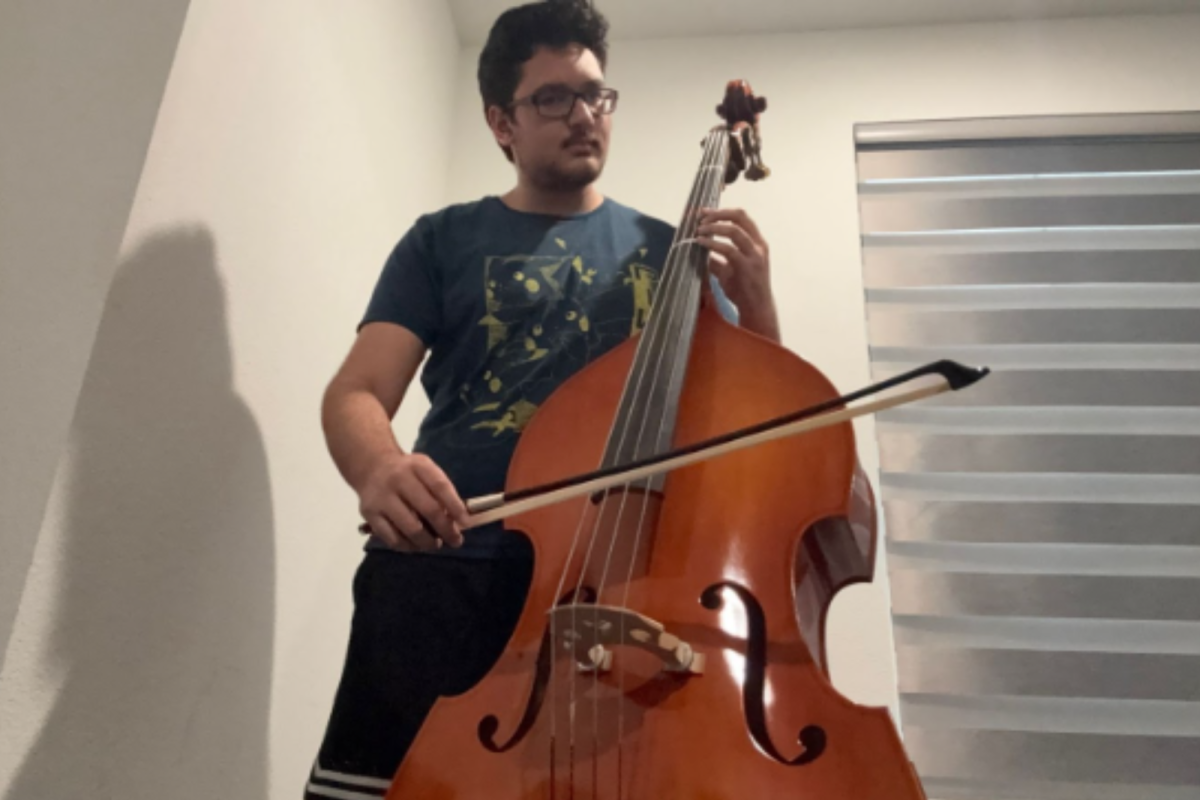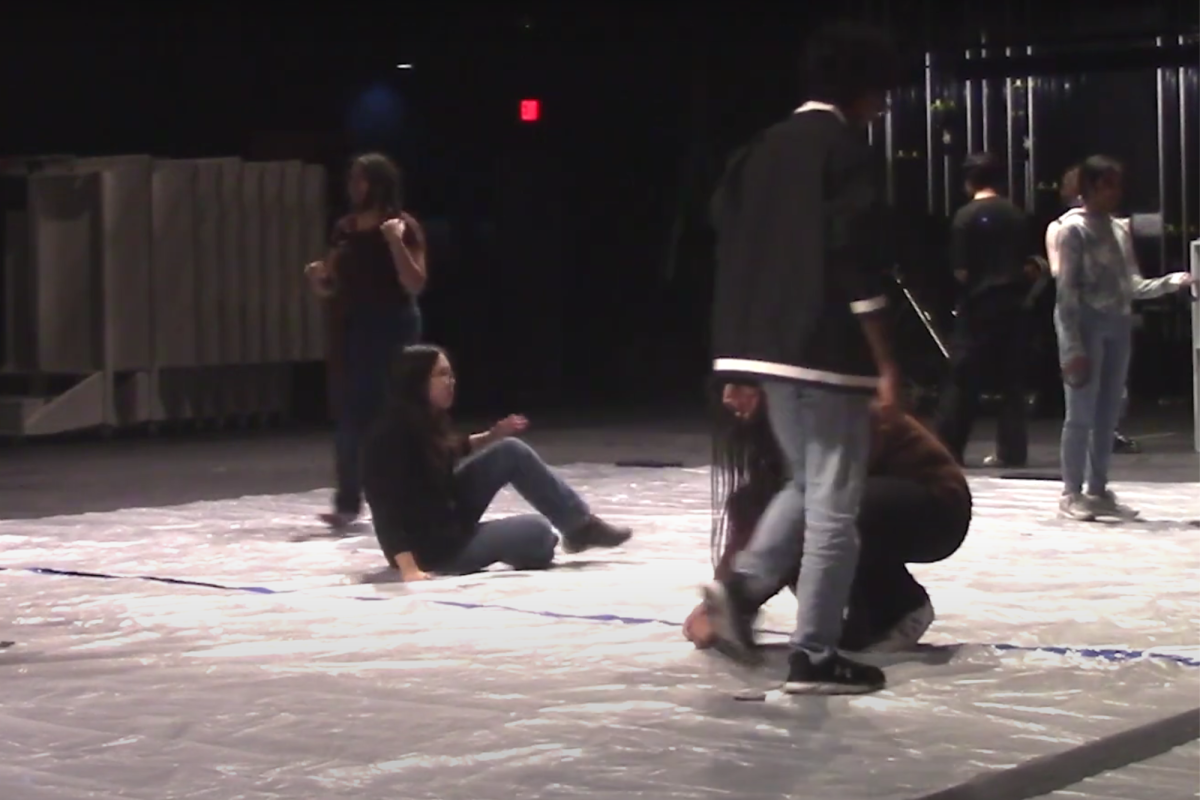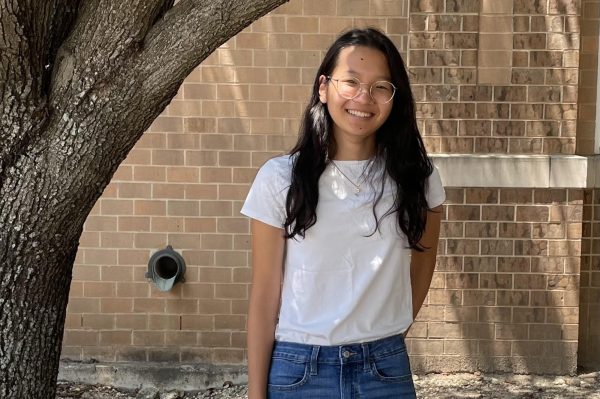Colleen Hoover is undoubtedly controversial, but she has arguably just as many avid fans as she does critics. Her novella Finding Cinderella follows the perspective of Daniel, a high school senior, who meets a mystery girl by chance in a dark closet due to a scheduling mistake. It can be read as a standalone, despite being a part of Hoover’s Hopeless series, as Daniel is the best friend of one of the series’ main characters.
Immediately nicknamed Cinderella, the crying girl who stumbles into Daniel’s life (having mistaken the closet for the bathroom) is given the opportunity to speak to this stranger that can sympathize with her. Their connection is instantaneous and Daniel sees some of himself in her, before they ever know any identifying details about the other, including their appearance. She only visits once more to tell him that she’s moving. Her situation isn’t fully explained within the novela, only hinted at as Daniel and her both agree that they hate everyone ever since they first met. They agree to pretend to be in love, for the forty minutes or so that they have, and when she leaves, it’s with the thought that they’ll never see each other again, will never formally meet.
A year later, Daniel has just undergone a break-up with his on-and-off girlfriend when he meets Six, the best friend of his best friend’s girlfriend who had been living in Italy. With her, he feels a spark he’s scarcely felt and after a period of searching frantically for Cinderella, the girl from the closet is barely on his mind.
He and Six begin a relationship quickly, and after a single school day of pretending to hate each other, they break the news to their friends and unlike how they seemed at first, overprotective of Six, they’re supportive. Everything seems to be going well, until it isn’t. Six is hiding something, something associated with a ‘boy in Italy,’ and when Daniel realizes the truth about Cinderella, it all falls apart.
It’s not difficult to criticize the impossibility of their relationship, and the characters weren’t particularly likable. Daniel finds it incredibly easy to be with her, but the reference quickly turned repetitive the more times he mentioned it. He often compares Six to his ex-girlfriend whom he had broken up with about 24 hours before, marveling at how she gives him a fistbump and wears no makeup, asking her if she’s secretly a guy. Daniel and Cinderella in the closet don’t necessarily make the best choices, either. They choose to romanticize their two periods together before parting, but not without leaving behind lasting consequences.
The primary relationships in this book aren’t exactly ideal or something to look for personally, but for readers not looking for something too substantial with particularly likeable characters, this novela might be a good, quick option. It’s an interesting dive into one of BookTok’s popular authors and is fairly well-liked and less controversial than some of her more popular work. But regardless of the controversies, Finding Cinderella was a second-chance type of story that was always eventful, with a steady pacing that made it easy to read.














